2021 by University Press of Colorado
Published by University Press of Colorado
245 Century Circle, Suite 202
Louisville, Colorado 80027
All rights reserved

The University Press of Colorado is a proud member of the Association of University Presses.
The University Press of Colorado is a cooperative publishing enterprise supported, in part, by Adams State University, Colorado State University, Fort Lewis College, Metropolitan State University of Denver, Regis University, University of Colorado, University of Northern Colorado, University of Wyoming, Utah State University, and Western Colorado University.
ISBN: 978-1-64642-083-4 (hardcover)
ISBN: 978-1-64642-095-7 (ebook)
https://doi.org/10.5876/9781646420957
Library of Congress Cataloging-in-Publication Data
Names: Snchez, Joseph P., author.
Title: Pueblos, plains, and province : New Mexico in the seventeenth century / Joseph P. Snchez.
Other titles: New Mexico in the seventeenth century
Description: First edition. | Louisville : University Press of Colorado, [2021] | Includes bibliographical references and index. | Summary: Offers an in-depth examination of sociopolitical conflict in seventeenth-century New Mexico, detailing the effects of Spanish colonial policies on settlers, missionaries, and Indigenous peoples struggle for economic and cultural control of the region. Explores the rich archival documentation that provides cultural, linguistic, and legal views of the periods values Provided by publisher.
Identifiers: LCCN 2020045769 (print) | LCCN 2020045770 (ebook) | ISBN 9781646420834 (hardcover) | ISBN 9781646420957 (ebook)
Subjects: LCSH: Indigenous peoplesNew Mexico17th century. | New MexicoDiscovery and exploration17th century. | SpainColoniesHistory17th century. | New MexicoCivilization17th century. | New MexicoHistory17th century.
Classification: LCC F799 .S266 2021 (print) | LCC F799 (ebook) | DDC 978.9/02dc23
LC record available at https://lccn.loc.gov/2020045769
LC ebook record available at https://lccn.loc.gov/2020045770
Cover illustration: Taos Pueblo, New Mexico, c.1921, by Nicholas Roerich. Public domain image from wikiart.org.
Introduction
The historical and cultural foundations of the Nation should be preserved as a living part of our community life and development in order to give a sense of orientation to the American people.... [Furthermore] the preservation of this irreplaceable heritage is in the public interest so that its vital legacy of cultural, educational, aesthetic, inspirational, economic, and energy benefits will be maintained and enriched for future generations of Americans.
National Historic Preservation Act, Pub. L. 89-665, 1, as amended by Pub. L. 96-515
The history of New Mexico between 1598 and 1680 is truly one of a contested frontier region between Spanish settlers and Indigenous peoples over political, economic, and cultural control of the region. In that regard, Indigenous territoriality clashed with European notions of sovereignty. Colonial policies throughout the Spanish empire were based on age-old European practices of claim of certain regions as well as control of resources and people within them. In many ways, colonial policies regarding Indigenous groups aimed to control and replace their political loyalties and social structures to fit the imperial paradigm and change their religious beliefs and rituals to comply with a Christian world view. Viewed comparatively, the history of European colonialism was replicated many times throughout the Americas as well as other places, such as Africa, India, the Philippines, and Australia. Yet the development of nation-states associated with the expansion of Spain, England, France, and Portugal, particularly, resulted in the evolution of todays world. Today the native response to colonialism on a worldwide basis is indigenization, a concept that in essence drives the hope that the Indigenous world can recover from the effects of colonialism and take back its cultures.
European sovereignty challenged concepts, traditions, and practices of tribal territoriality, especially as it revolved around defense of homeland. For thousands of years, prior to European contact, tribes spread throughout the Americas and differed linguistically and culturally as well as in identity. Since time immemorial, tribes in the Americas had carved out the boundaries of their homelands and prohibited any trespass. Their territorial claims marked their separate and distinct homelands. For tribes living within their territorial boundaries, unwanted and unwelcomed intrusions were a reason for war, as were issues associated with the predominance of European sovereignty. Such acts were met with open warfare between trespassing and defending tribes. As Europeans expanded throughout the Americas, enemy tribes who allied with European cohorts were, indeed, trespassers onto their lands. To them, such unwelcomed intrusions were acts of war.
After 1492, tribal lands were continuously challenged by Europeans who would assume sovereignty by performing acts of possession in the name of their king and would issue land grant charters (England), seigneurial (France), the sesmaria/sesmeiro (Portugal), and mercedes (Spain) as well as the Dutch patroon system under their laws. The European claims disrupted and violated the norms of Indigenous practices and traditions tied to territoriality. Thus, the experiences of English, French, and Portuguese explorers and their Indian allies were no different from those of Spanish expeditions that made early contact with Indigenous peoples. From the earliest times, Indian alliances made by English, French, and Portuguese colonials, Spanish alliances had violated tribal territorial traditions.
Given the heritage and legacy of past European colonial powers, New Mexico, at the far edge of empire, was no different during those early centuries. Indeed, the broader history of New Mexico is more than a narrative in a history book. History, on the other hand, is a living memory of places and events of the cultures that created them. Commemorating past cultures and people and their significance as a part of the march of humankind requires an understanding of historical processes and the values of the period under consideration.
Along with that of Western Europeans that settled the New World, particularly North America, Native Americans are a part of the heritage that needs to be commemorated as a part of our national story and its shared histories with England, Spain, France, Portugal, Mexico, and Latin America. The prehistory and history of early New Mexico is of epic proportions in regard to the people who settled and developed the land and places that grew into towns and cities.
To study solely the narrative accounts of New Mexicos past without analysis of the historical cultural values at play during a given period is to deny the cultural dimensions of time, place, and the people who pioneered its founding, in this case, both Native American and Hispanic New Mexicans. The triad of pueblos, plains, and province is an integral part of the history of New Mexico, for it defines the complexity of the concept of homeland. In that regard, the word

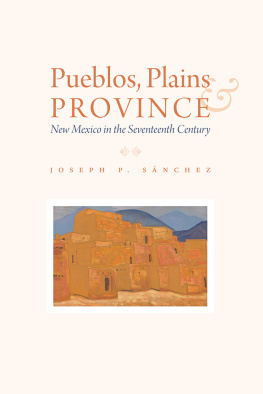

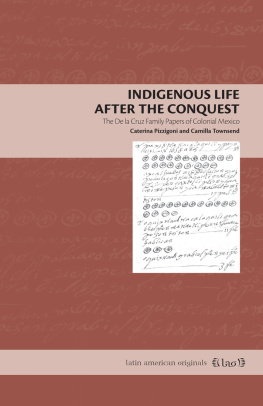

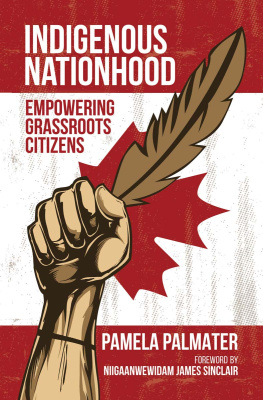
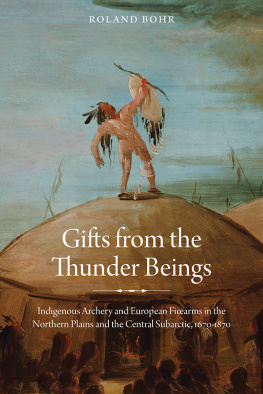
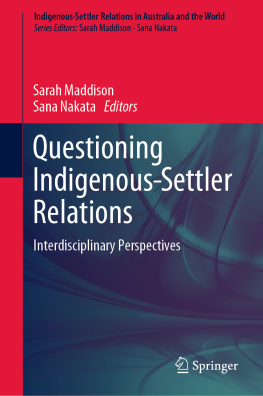
 The University Press of Colorado is a proud member of the Association of University Presses.
The University Press of Colorado is a proud member of the Association of University Presses.